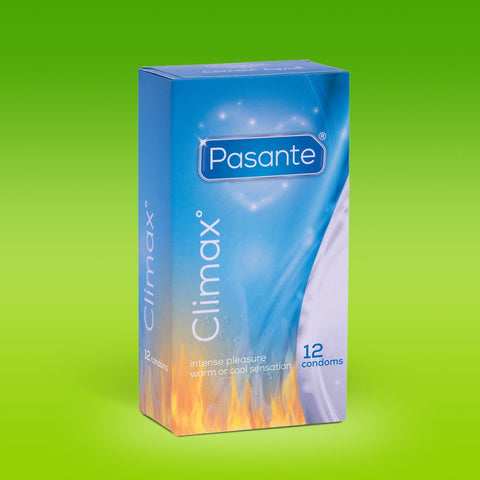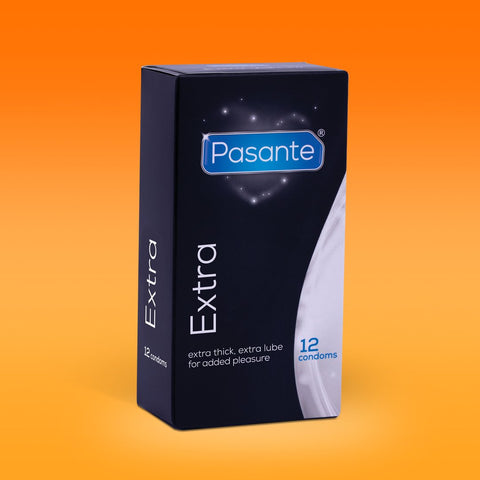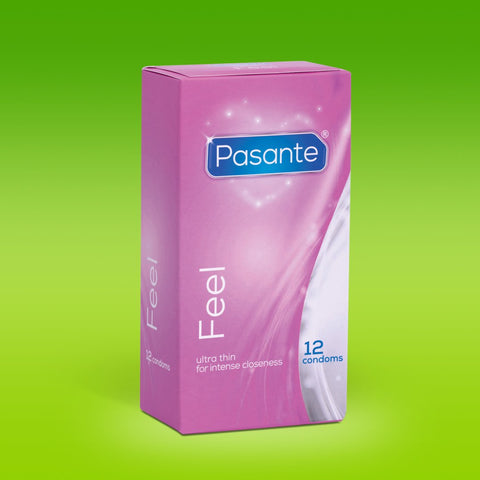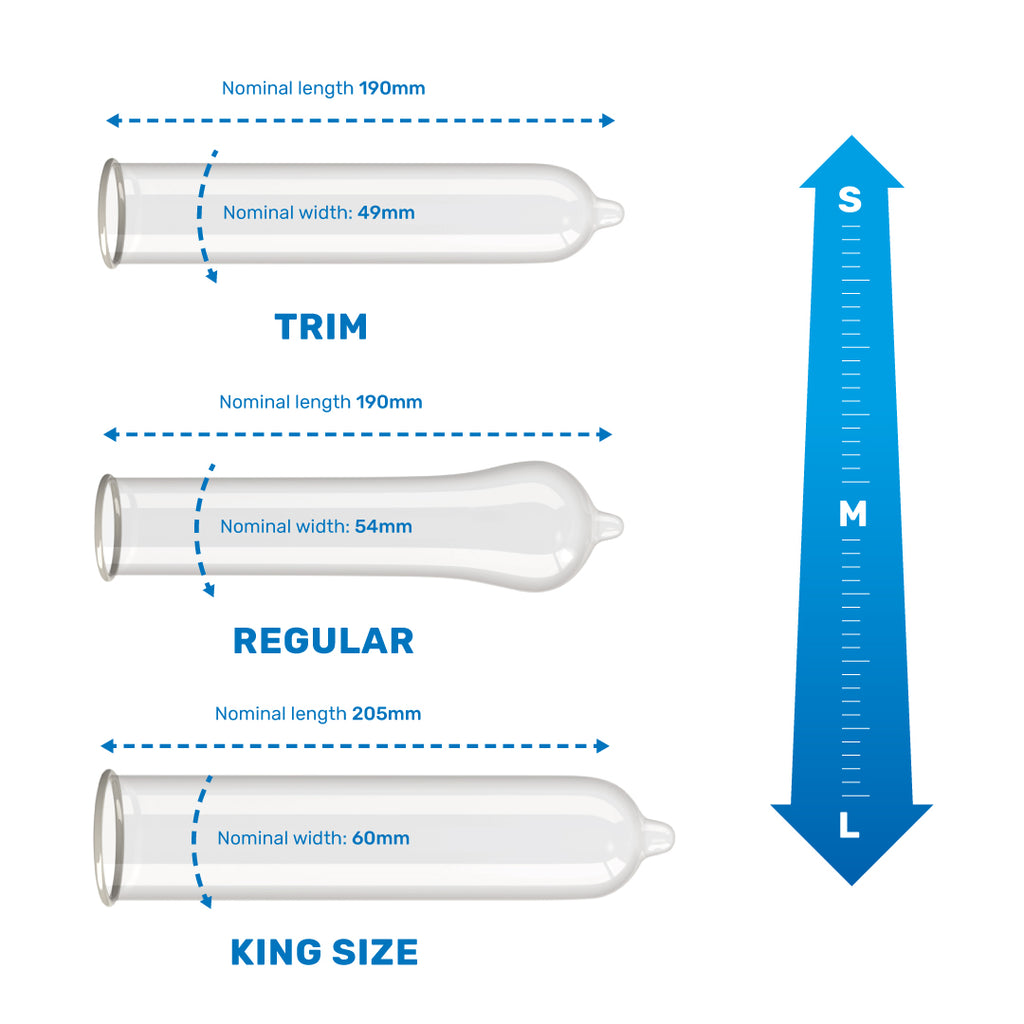
HIV Testing Week: 1st-7th February 2021
Human Immunodeficiency Virus, also known as HIV is a virus that weakens and damages the immune system. HIV lives in the body fluids of an infected person, through semen, vaginal fluids, blood, or the lining inside of the anus. Transmission occurs through unprotected sex, breastfeeding, blood and sharing needles or syringes. Symptoms of HIV can occur within 1-2 weeks of being exposed to the virus. There is currently no cure for HIV but there is treatment to ensure those with HIV live a long and healthy life.
In 2018, Public Health England reported 4,453 new HIV diagnoses, a rapid decline from 6,278 in 2014 - with preventative measures, education and increased testing, Public Health England aims to achieve zero HIV transmission status by 2030.Let’s find out more about the symptoms of HIV, HIV testing and how to protect yourself from catching sexually transmitted infections.
What are the symptoms of HIV?
Some people who become infected with the HIV virus experience flu-like symptoms for 1-2 weeks after being exposed to the virus but then can feel well for a long-time before further symptoms develop.
This initial flu-like state is known as a seroconversion illness which means your immune system is working extremely hard to create antibodies to fight off the HIV virus. During the early weeks or months of transmission, your body fluids are highly contagious and after the seroconversion illness has passed, the virus can be detected in a HIV blood test.
Symptoms of seroconversion are:
- Sore throat
- Rash
- Fever
- Headaches
- Aches and pains
- Night sweats
What is pre-exposure prophylaxis (PrEP)?
PrEP is a medication taken by someone who is HIV negative but who are at high risk of being exposed to HIV. It involves two drugs that are used to treat HIV (tenofovir and emtricitabine) and it blocks the virus once it enters your body, which can happen as quickly as within 30 minutes of having sexual-intercourse but you may not have HIV symptoms until 1-2 weeks after exposure.
From October 2020 in England, those who are at high-risk of contracting HIV can get PrEP free from a local sexual health clinic. There is also a pilot programme happening in Wales, a national programme in Scotland and a two-year impact trial in Northern Ireland.
What is post-exposure prophylaxis? (PEP)?
PEP involves taking HIV medication within three days (or 72 hours) of exposure to the HIV virus but works best if taken within 24 hours. A further course of HIV treatment is then taken for 4 weeks. PEP doesn’t have 100% effectiveness, but it is taken as an emergency measure and can be picked up from your local sexual health clinic.
What is Aids?

Acquired Immune Deficiency Syndrome, known as AIDS is caused by the HIV virus and is often known as the late stage of HIV where the immune system has been severely damaged by the virus. These days, few people are diagnosed with AIDS due to modern day advances in antiretroviral treatment. If HIV is left untreated, it will eventually lead to AIDS, which is why it’s a good idea to get tested for HIV early on.
How do I get tested for HIV?
Testing for HIV is quick and simple. We offer an early detection test (that’s 99% accurate) that you can do in the comfort of your home.
How do I do the HIV early detection test?

- Read the instructions carefully
- Open the test device pouch and place on a flat surface
- Remove blue tip of the lancet and rub hands together to get warm
- Press lancet on the side of the fingertip and press down hard until you hear a click
- Drop 1 blood droplet into bottle 1 and replace cap
- Shake bottle 1 several times, pour into test device and wait until the liquid disappears
- Shake bottle 2 several times, pour into test device and wait until the liquid disappears
- Shake bottle 3 several times, pour into test device and wait until the liquid disappears
- Read your result - 1 spot for negative - 2 spots for positive.
Click here for a video walk-through on self-testing (opens in a new window).
How do I protect myself from catching HIV and sexually transmitted infections?
Condoms! Condoms reduce the risk of catching the HIV virus and sexually transmitted infections by preventing any sexual fluids from being transferred. By using a condom (or dam) every time you have vaginal, anal or oral sex reduces the risk of contracting HIV or an STI. We have a wide variety of condoms available from regular, king, super-king, or trim as well as flavoured and fun condoms so there’s plenty of variety available. Unsure which condom to choose? Open this link 'in a new window' here What type of condom should I buy?As well as ensuring you or your partner wear condoms, getting a sexual health screen on a regular basis (we recommend annually or on change of a sexual partner) will help reduce the risk of catching and passing the infection on.
To find out more about HIV, visit Terrence Higgins (opens in a new window).





